Web designing in a powerful way of just not an only professions. We have tendency to believe the idea that smart looking .
Platelet-Rich Plasma (PRP) therapy has garnered significant attention in recent years for its multifaceted applications in both aesthetic medicine and regenerative therapies. This innovative treatment leverages the regenerative potential of platelets to address a spectrum of conditions, ranging from skin rejuvenation and hair loss to wound healing and anti-aging treatments.
Platelet-Rich Plasma (PRP) is derived from the patient’s own blood through a process of centrifugation, which separates and concentrates platelets. These platelets contain high levels of growth factors and cytokines that play pivotal roles in tissue repair and regeneration. Once prepared, PRP is administered through targeted injections or topically applied to specific areas, facilitating a cascade of biological responses that promote healing and revitalization.

PRP therapy has emerged as a preferred option for individuals seeking natural methods to rejuvenate their skin. By stimulating collagen production and enhancing blood flow to the skin, PRP improves skin tone, texture, and elasticity. It effectively diminishes fine lines, wrinkles, and hyperpigmentation, resulting in a more youthful and radiant complexion.
PRP’s efficacy in treating hair loss has made it a game-changer in non-surgical hair restoration techniques. When injected into the scalp, PRP promotes hair follicle growth by prolonging the anagen (growth) phase of hair follicles and increasing hair thickness and density. This approach is particularly beneficial for individuals experiencing early stages of hair thinning or as a complement to hair transplant procedures.
In medical settings, PRP accelerates wound healing processes by delivering concentrated growth factors directly to the site of injury. These growth factors stimulate cell proliferation, collagen production, and angiogenesis, which are essential for tissue repair. PRP has demonstrated efficacy in treating chronic wounds, surgical incisions, and ulcers, reducing healing time and minimizing scar formation.
PRP therapy is grounded in extensive scientific research, validating its safety and efficacy across diverse applications. The process of isolating and concentrating platelets ensures a potent concentration of growth factors, which are essential for therapeutic outcomes.
One of the most sought-after benefits of PRP therapy is its ability to combat signs of aging effectively. By rejuvenating cellular activity and promoting collagen synthesis, PRP restores skin elasticity, firmness, and hydration. It addresses age-related concerns such as sagging skin, fine lines, and dull complexion, providing natural and long-lasting results.
Ongoing research continues to explore new avenues for PRP’s application in medical and aesthetic fields. Emerging studies investigate its potential synergies with other treatments, such as dermal fillers and laser therapies, to optimize outcomes in skin rejuvenation and scar reduction. Furthermore, PRP holds promise for enhancing tissue regeneration in orthopedic conditions and chronic musculoskeletal injuries, paving the way for advancements in regenerative medicine.
Platelet-Rich Plasma (PRP) therapy represents a paradigm shift in healthcare, offering a holistic approach to healing and aesthetic enhancement. Its ability to harness the body’s innate healing mechanisms underscores its versatility and effectiveness in treating a wide range of conditions. As research and technology continue to evolve, PRP remains at the forefront of innovation, providing patients with personalized solutions that restore confidence, vitality, and well-being.


Platelet-Rich Plasma (PRP) therapy involves using a concentrated form of a patient's own blood plasma, enriched with platelets containing growth factors. It is used to promote healing and rejuvenation in various medical and aesthetic treatments.
PRP therapy begins with a blood draw from the patient, followed by centrifugation to separate and concentrate platelets. The resulting PRP is then injected into or applied topically on the targeted area needing treatment.
PRP therapy is commonly used for skin rejuvenation, hair loss, wound healing, and as an anti-aging treatment. It can also be applied in orthopedic and sports medicine for conditions like tendon injuries and osteoarthritis.
Yes, PRP therapy is generally considered safe because it uses the patient's own blood, minimizing the risk of allergic reactions or infections. However, as with any medical procedure, there may be minor risks and potential side effects, which should be discussed with your healthcare provider.
The number of PRP sessions needed varies depending on the condition being treated and individual response. For aesthetic treatments like skin rejuvenation and hair loss, multiple sessions spaced several weeks apart are often recommended to achieve optimal results.
PRP therapy stimulates collagen production, improves skin texture, and enhances elasticity, resulting in smoother, firmer, and more youthful-looking skin. It can reduce fine lines, wrinkles, and acne scars, and improve overall skin tone.
Yes, PRP therapy has shown promising results in treating hair loss by stimulating hair follicles, prolonging the growth phase of hair, and increasing hair density and thickness. It is suitable for both male and female pattern hair loss.
Results from PRP therapy can vary depending on the individual and the condition being treated. Some patients may start to see improvement within a few weeks, with continued enhancement over several months as collagen production and tissue regeneration progress.
Common side effects of PRP therapy are typically mild and temporary, such as minor swelling, bruising, or redness at the injection site. Serious side effects are rare but may include infection or allergic reaction.
Suitable candidates for PRP therapy are individuals looking for natural, minimally invasive treatments for conditions like aging skin, hair thinning, or slow-healing wounds. A consultation with a healthcare provider can determine if PRP therapy is appropriate based on individual health and treatment goals.
